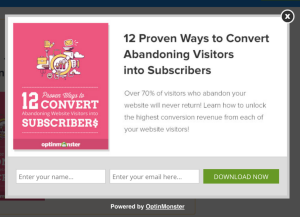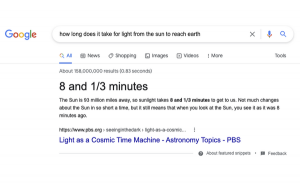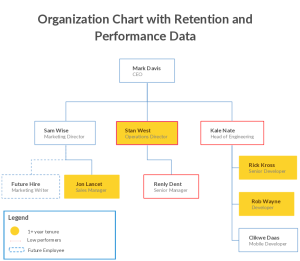The CX Courtship: How B2B Brands Get To The Partnership Stage
The B2B customer experience should be just as smooth as B2C. But too often it’s not. Indeed, 35% of businesses with 1,000 or more employees find choosing a B2B supplier to be almost a nightmarish process, judging by Architecting The Ultimate Customer Experience, a study by Merkle, with participation from its gyro and B2B International agencies.
It’s especially tough during the early stages, the study notes.
What’s more, an analysis of B2B Net Promoter Scores (NPS) show that two-thirds of customers have a passive or negative experience when purchasing. And brands perform well on only one of the “12 personal value-add attributes “among senior decision-makers, the study says.
Who is succeeding at it? Six of the top 10 highest-performing firms are tech brands like Microsoft, Dell and IBM.
Getting into the supplier short list is daunting for B2B companies, especially those selling to younger buyers — Millennial and Gen Z customers react to 70% of vendors they encounter, versus 58% for older prospects.
Merkle conducted 3,094 interviews with buyers and key decision-making influencers, exploring 5,622 B2B brand experiences. What emerged is less a statistical abstract than a picture of the B2B customer journey.
There are several stages in the buyer journey:
- General thinking — several brands will not even be considered.
- Prospects do some research to see who might be worth contacting.
- A handful of suppliers are asked to provide a quote or proposal after being looked at more closely.
- A winner is chosen.
- New brands that work out are reaffirmed as established partners.
- Successful partnerships lead to repurchase and upselling.
Merkle doesn’t say this, but email can be a factor at almost every stage. For one, email is a useful for follow-up during stages 2 and 3, and for offers and other forms of reaching out in the later stages. Triggered emails are essential at all points.
The question is: What are the elements that drive engagement via email or any other channel? Merkle identifies four “B2B Brand superpowers,” or factors that lead to conversions:
- Reliability — Can the brand be trusted and relied on?
- Understanding — This means the “tailoring, adaptability, service, and business philosophies that say, “we understand you.” Here is where your customer data center and personalization capability come in.
- Enrichment — This reflects the brand’s ability to improve and make easier the customer’s work life.
- Preeminence — This means the brand is a leader within its field, one that reflects glory on the buyer.
When it comes to reliability, B2B outfits are doing well at meeting minimum quality/functional needs, complying with regulations and standards and taking steps to mitigate risks. But they struggle to be competitively priced.
At the preeminence level, B2B brands could do better at being active thought leaders in their category — that means they should be supplying content. And brands struggle to have a clear vision and actively work towards it.
B2B International and gyro are part of Merkle B2B, a collective of five B2B agencies.
(12)
Report Post





